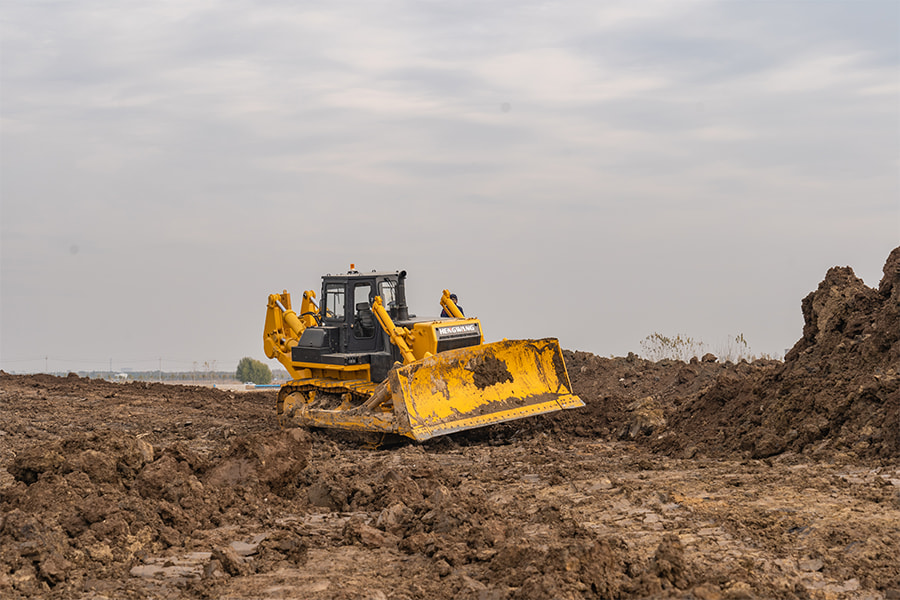
1. Determine Your Project Requirements
The first step in choosing the right bulldozer is understanding your project requirements. Consider the following questions:
What type of terrain will you be working on?
What materials will you be moving?
What is the size of your project?
Are there any specific features or attachments you need?
Answering these questions will help narrow down the type of bulldozer that will best suit your project.
2. Consider the Bulldozer Size and Power
Bulldozers come in various sizes and power levels, from small utility models to large, heavy-duty machines. The size and power of the bulldozer
should match the scale and complexity of your project. For smaller jobs, such as residential landscaping, a compact bulldozer with lower horsepower
may be sufficient. For larger, more demanding projects like road construction or mining, a larger bulldozer with more horsepower and greater
pushing power will be necessary.
3. Evaluate the Blade Type and Configuration
The blade is a critical component of a bulldozer, and different blade types are suited for different tasks:
Straight Blade (S-Blade): Ideal for fine grading and clearing, with no lateral curve.
Universal Blade (U-Blade): Suitable for pushing large quantities of material, with a pronounced curve and side wings.
Semi-U Blade: A combination of the S-Blade and U-Blade, offering versatility for both grading and pushing materials.
Choose a blade type that matches the primary tasks you will be performing.
4. Examine Undercarriage Options
The undercarriage of a bulldozer affects its stability, traction, and ability to navigate different terrains. Bulldozers with low ground pressure (LGP)
undercarriages are ideal for soft, muddy conditions, while standard undercarriages work well on firm, rocky terrain. Consider the ground
conditions of your job site when selecting the undercarriage type.
5. Look for Advanced Features and Technology
Modern bulldozers come equipped with advanced features that enhance productivity and ease of use. Look for models with:
GPS and grade control systems: Improve accuracy and efficiency in grading and earthmoving.
Ergonomic cab design: Enhance operator comfort and reduce fatigue.
Telematics: Provide real-time data on machine performance and maintenance needs.
These features can significantly improve job performance and reduce operating costs.
6. Assess Fuel Efficiency and Environmental Impact
Fuel efficiency is an important consideration for both cost savings and environmental impact. Look for bulldozers with fuel-efficient engines
and emissions control systems that meet regulatory standards. Choosing a more fuel-efficient model can lower operational costs and reduce
your project’s carbon footprint.
7. Consider the Total Cost of Ownership
When selecting a bulldozer, it’s essential to consider the total cost of ownership, including:
Purchase price: The initial cost of the machine.
Maintenance and repair costs: Regular servicing and potential repairs over the machine’s lifespan.
Resale value: The potential resale value when you upgrade or no longer need the bulldozer.
Balancing these costs will help you choose a model that offers the best value for your investment.